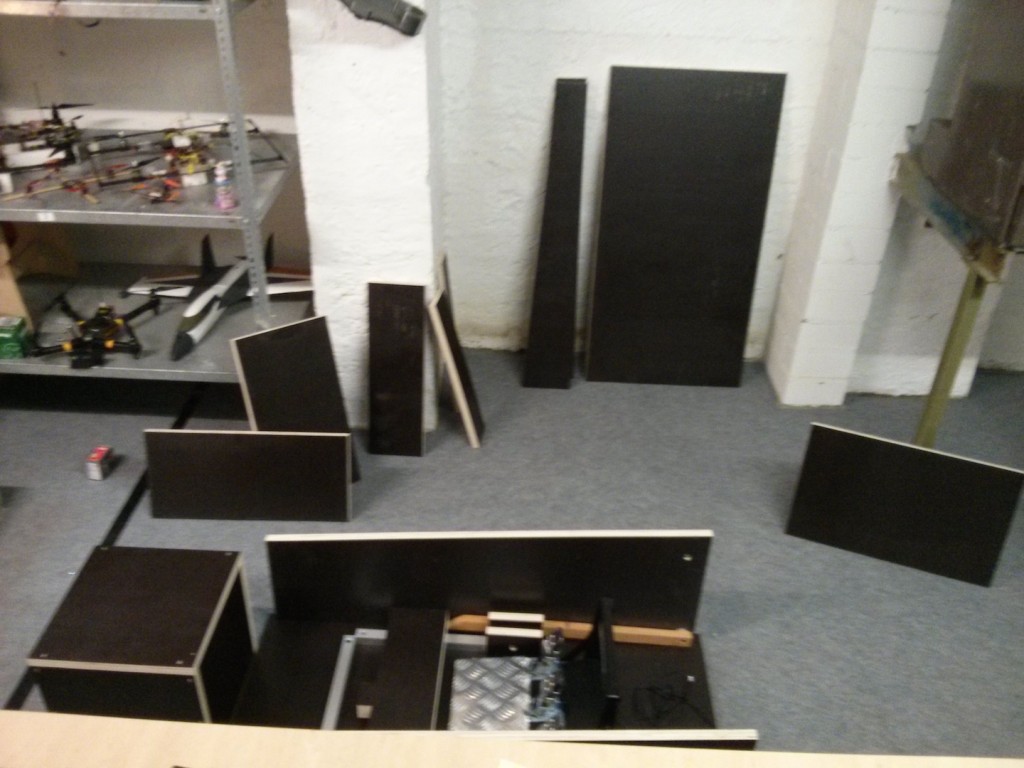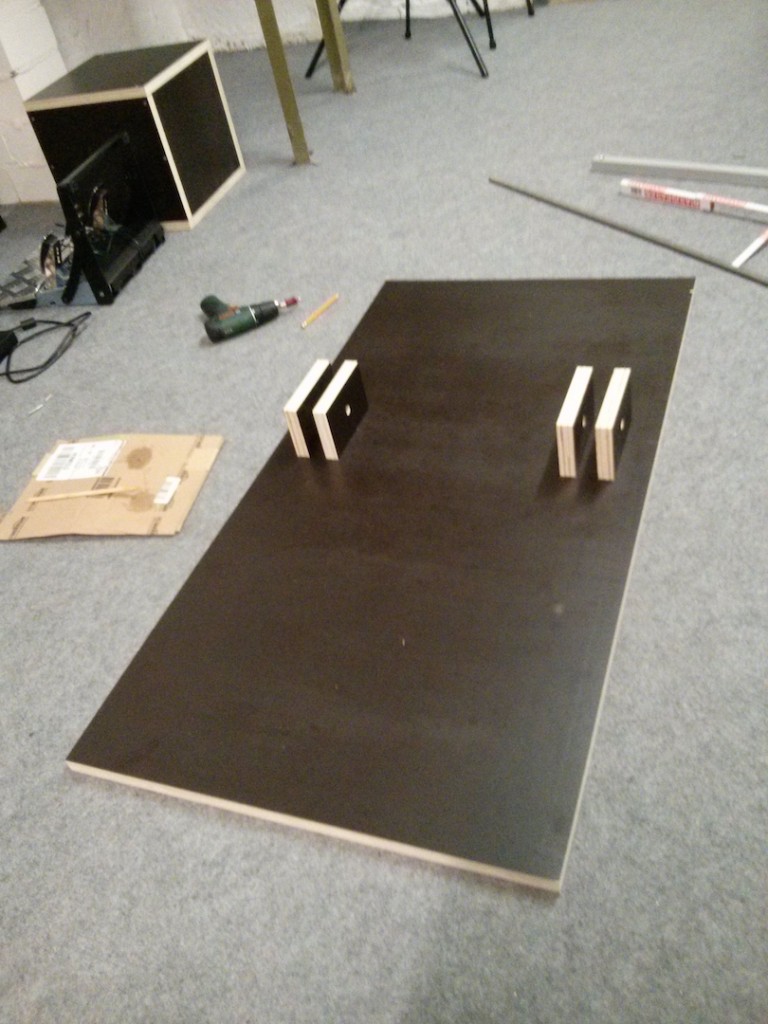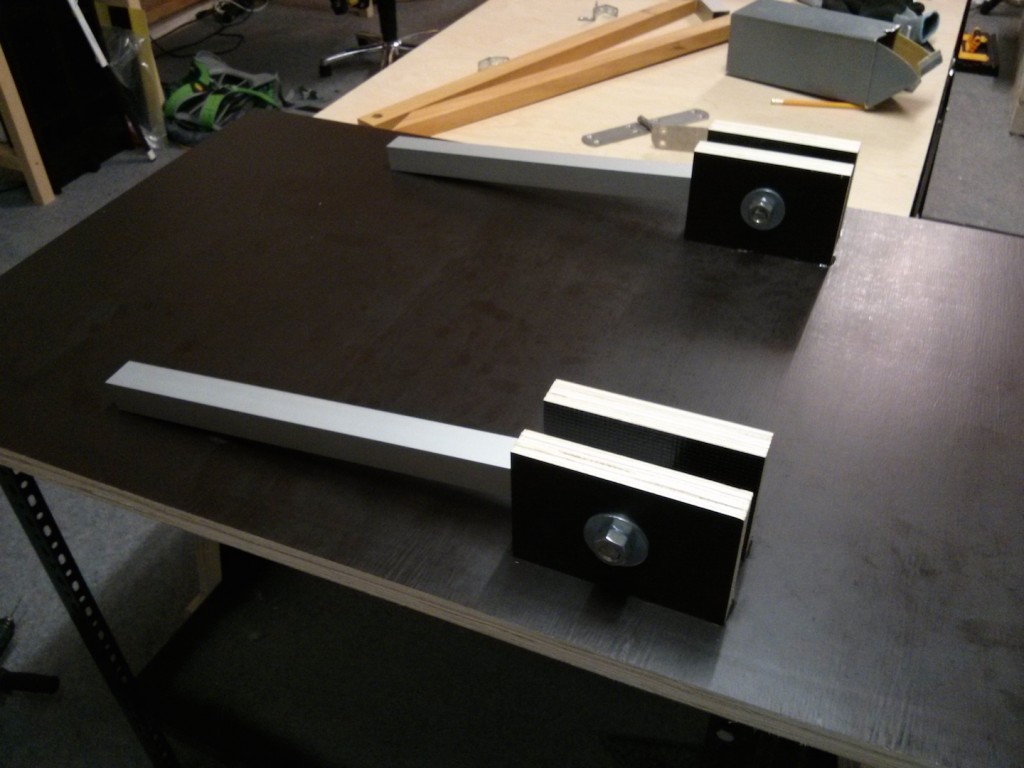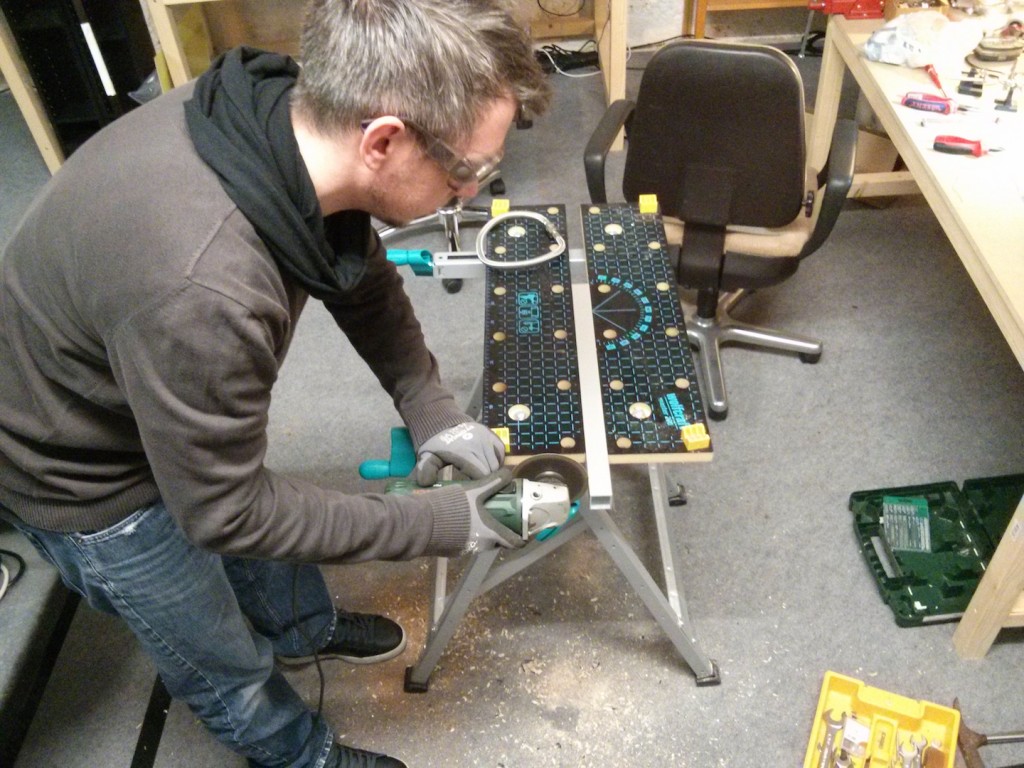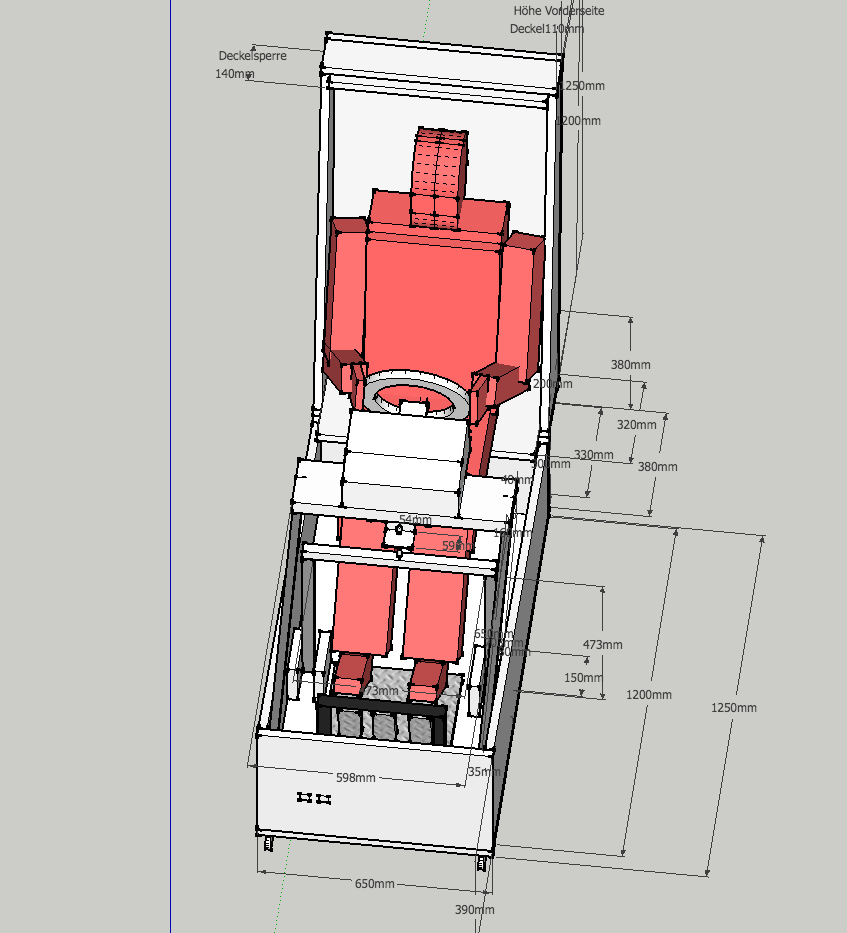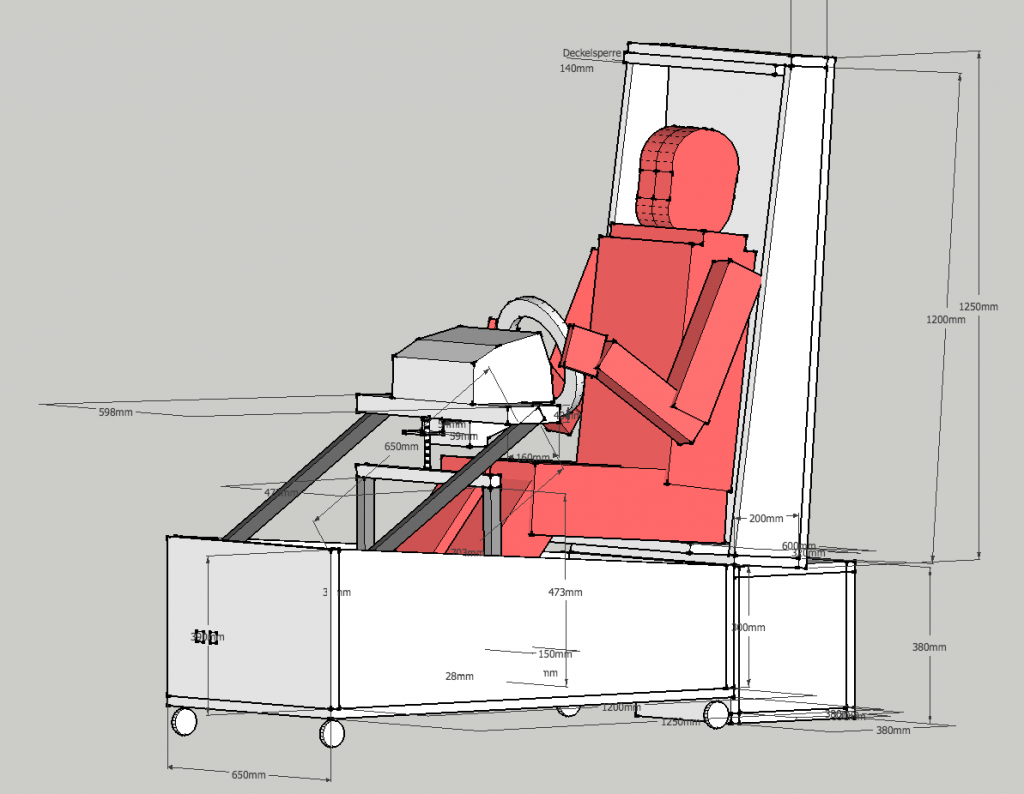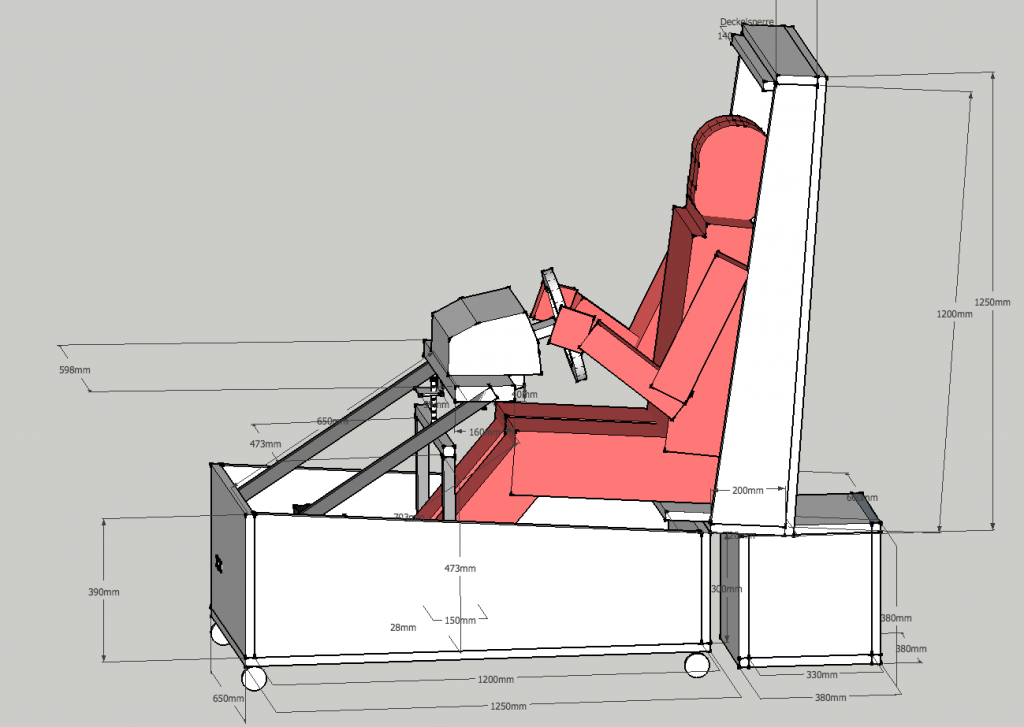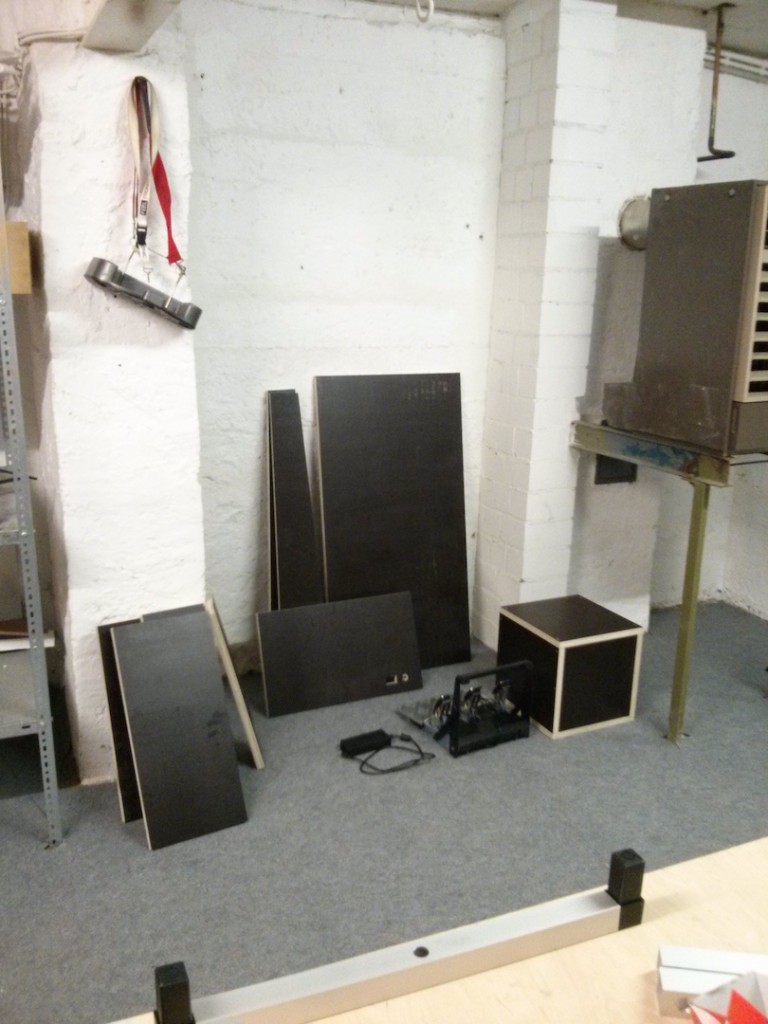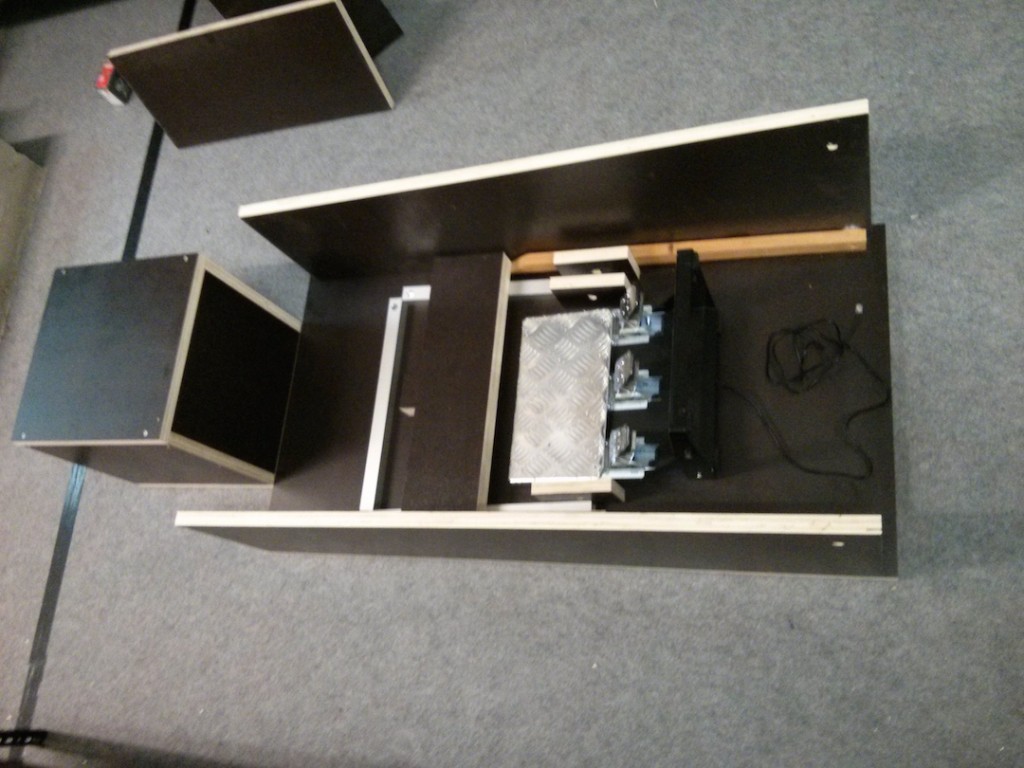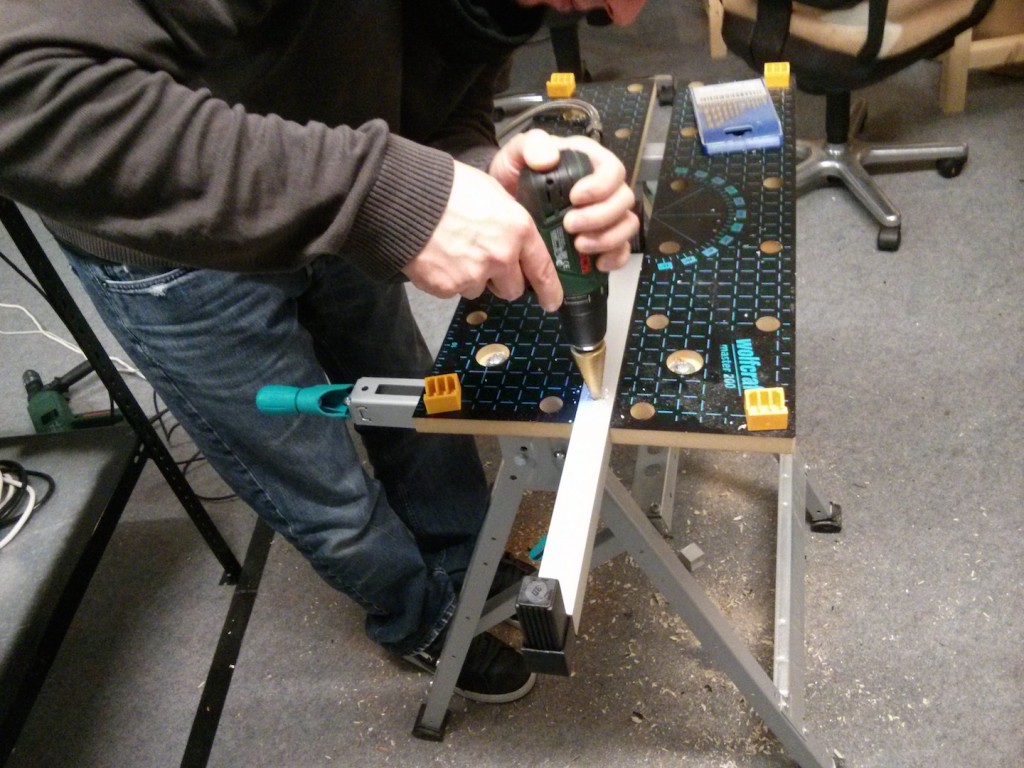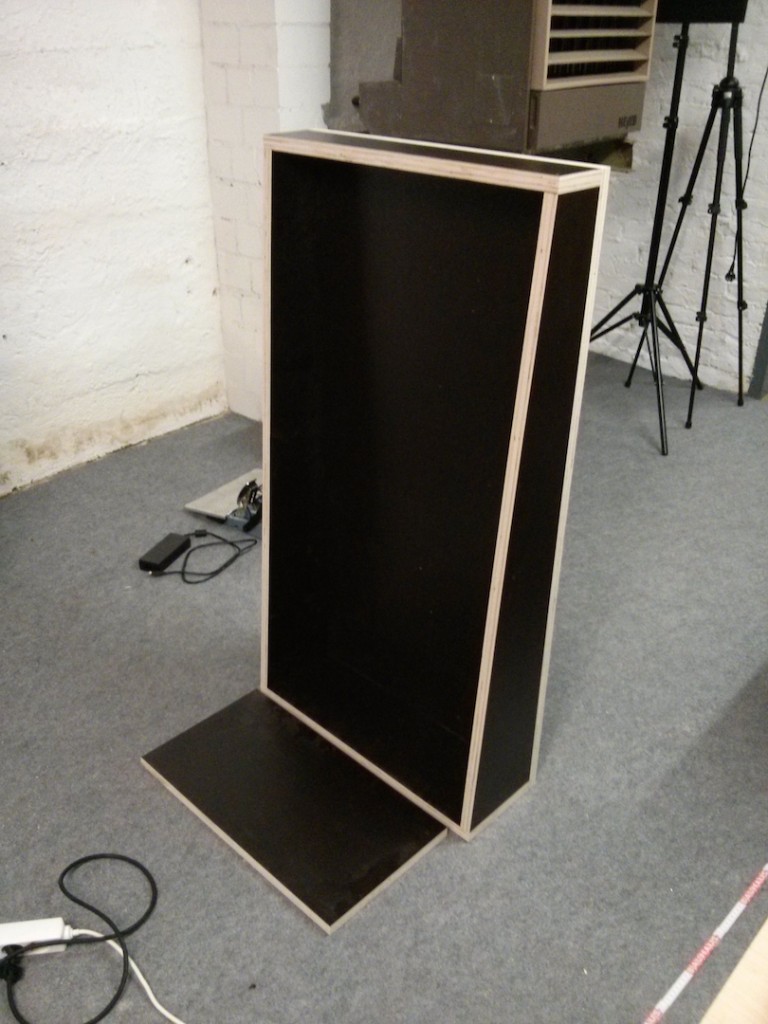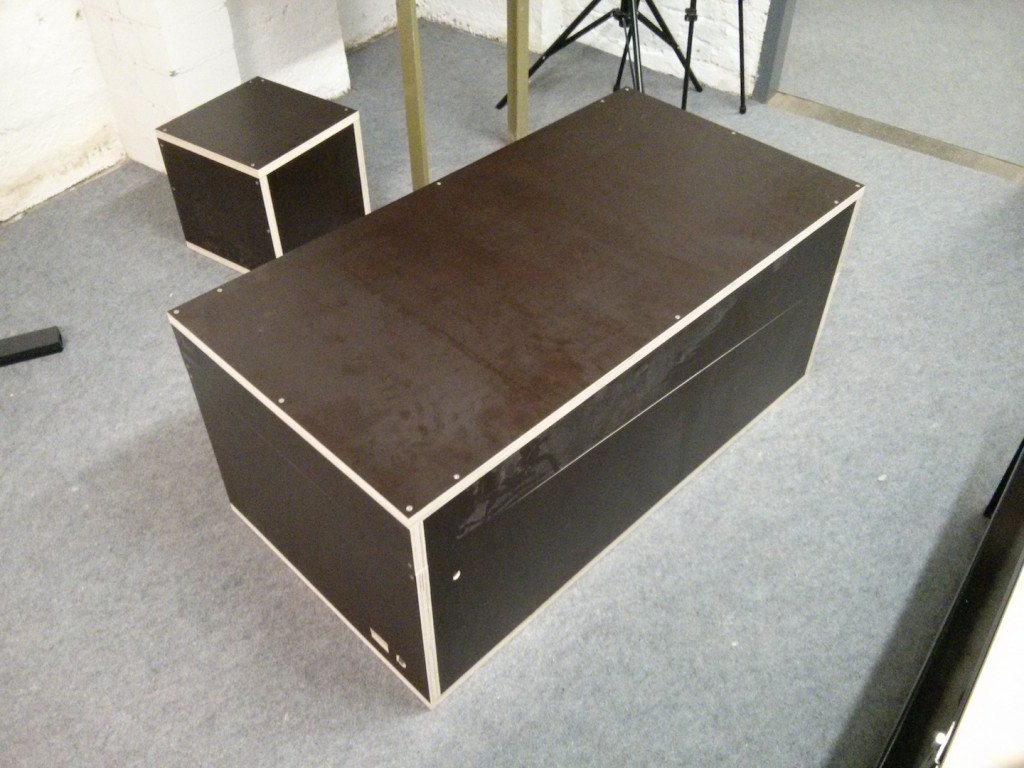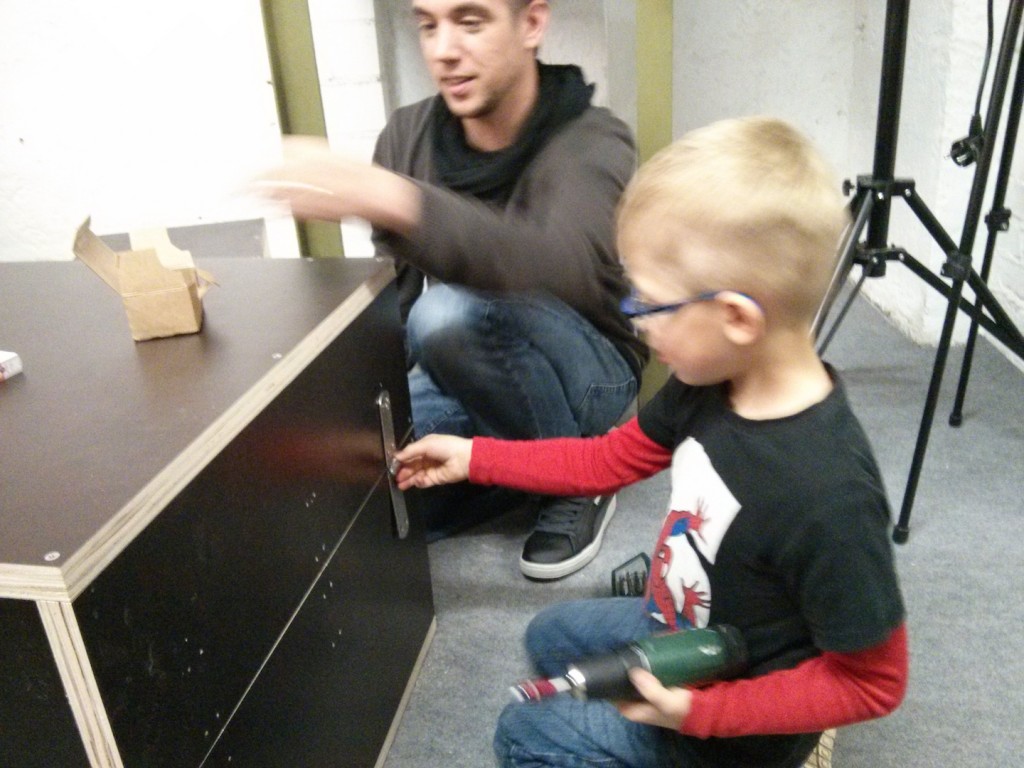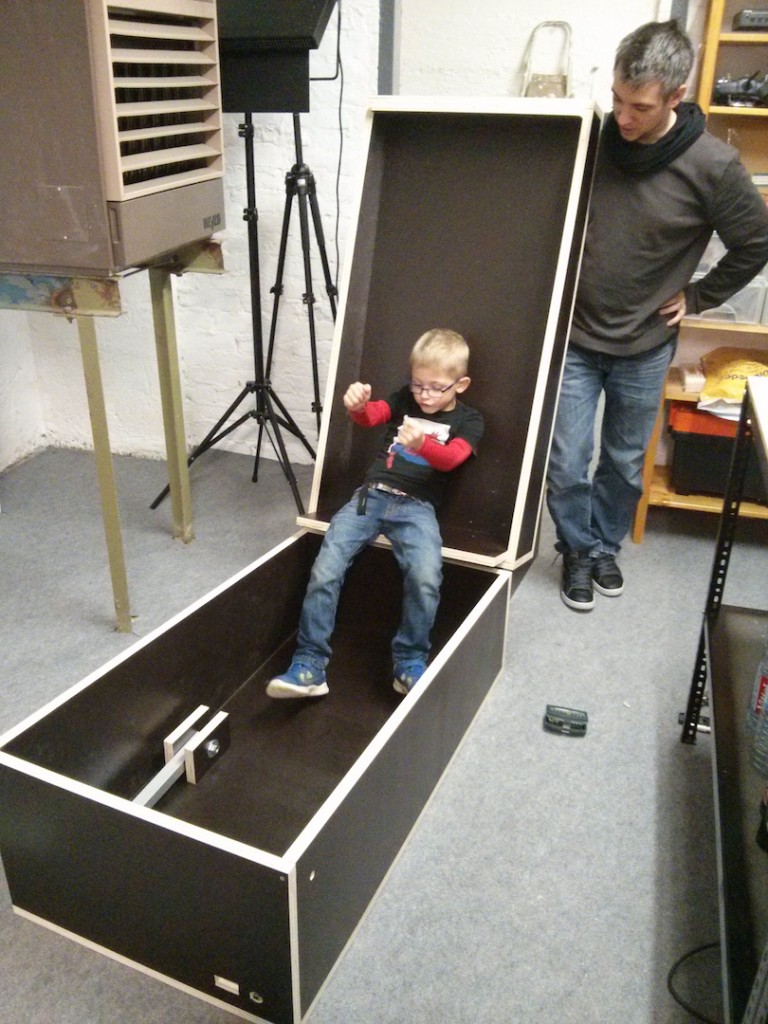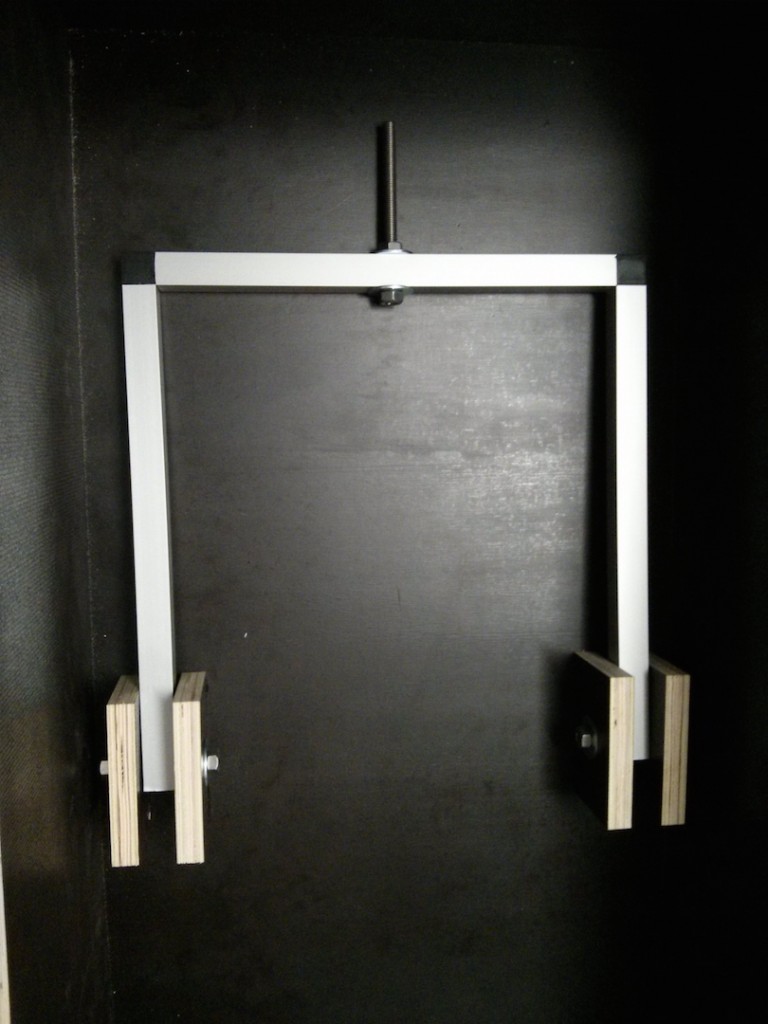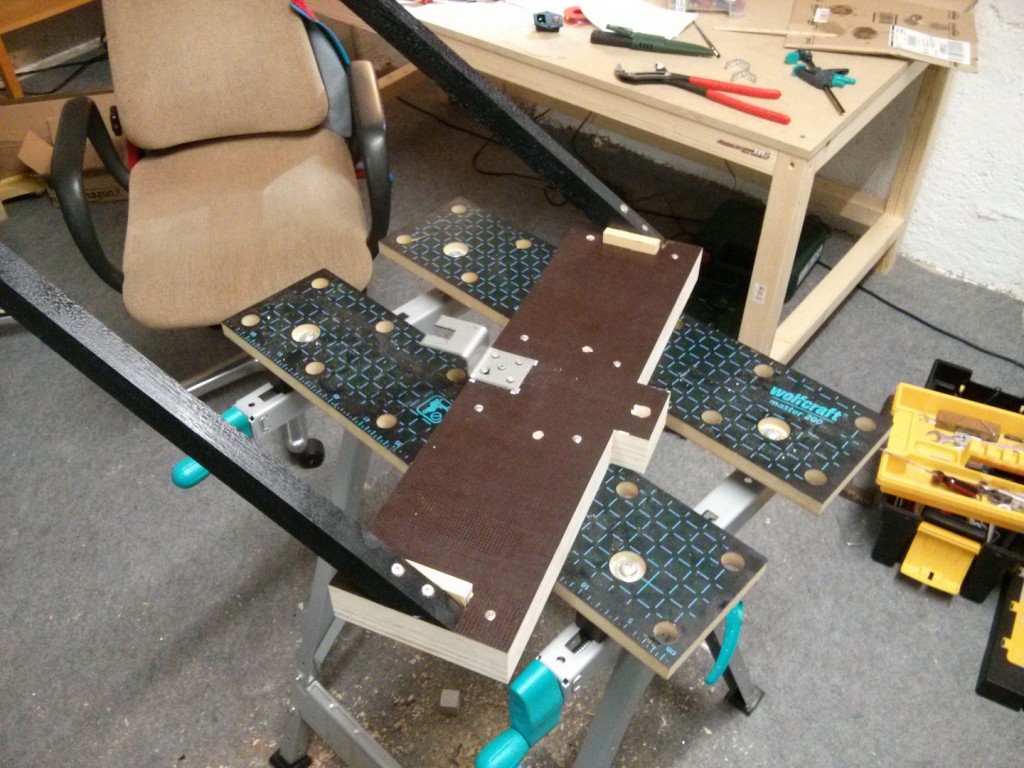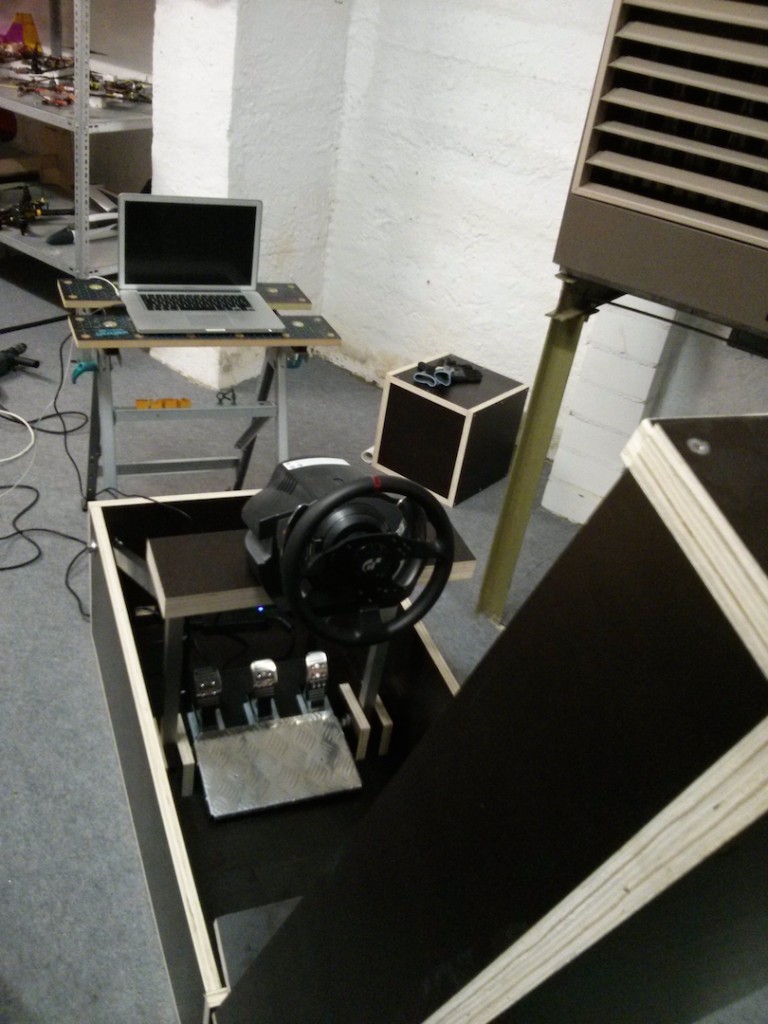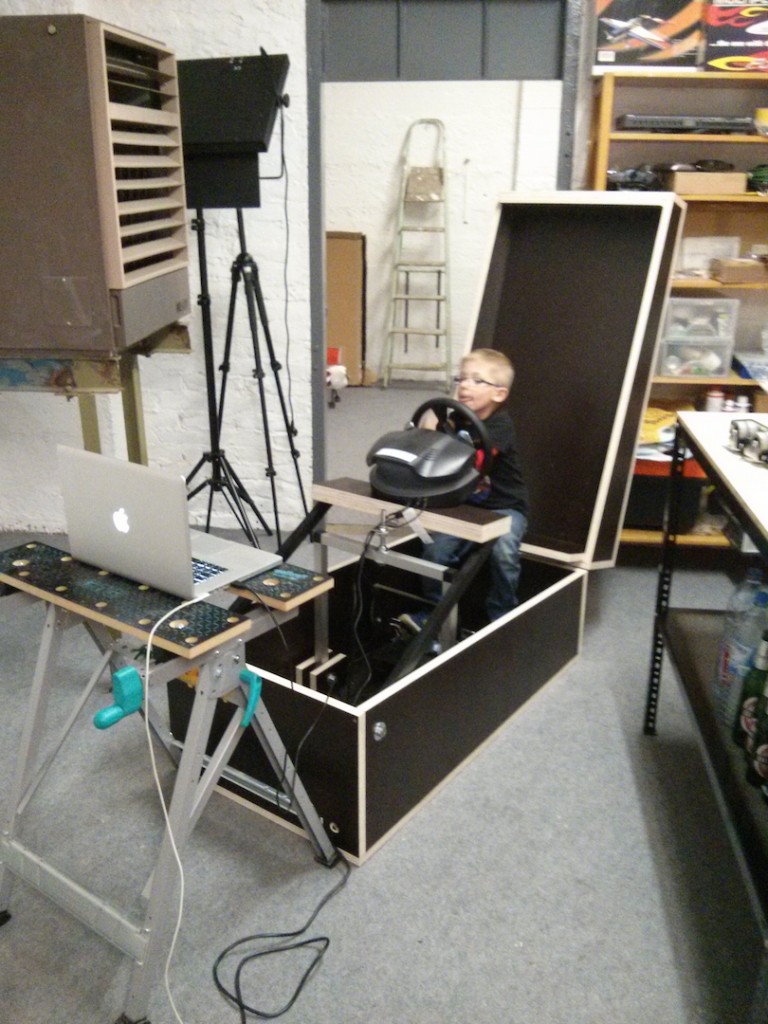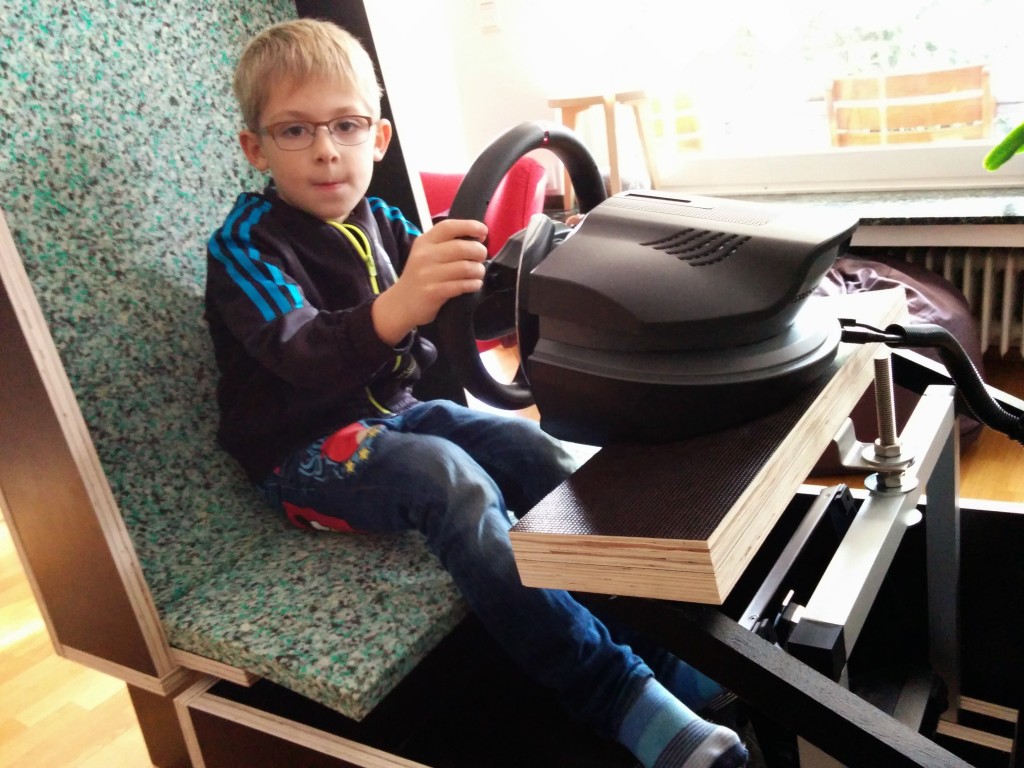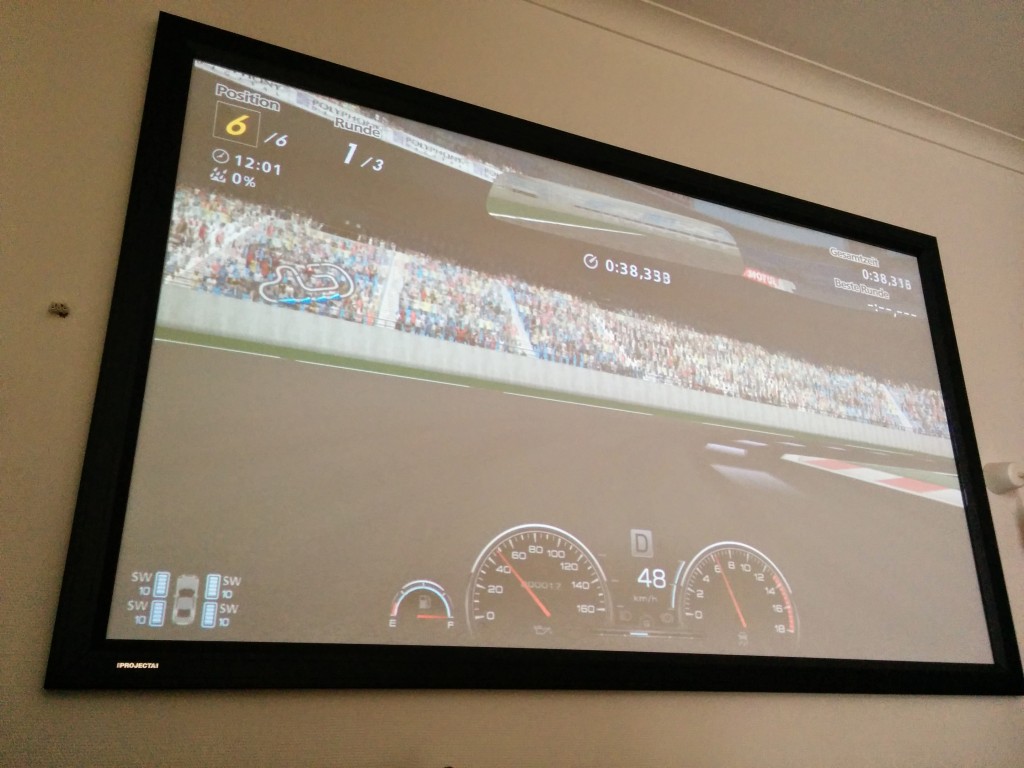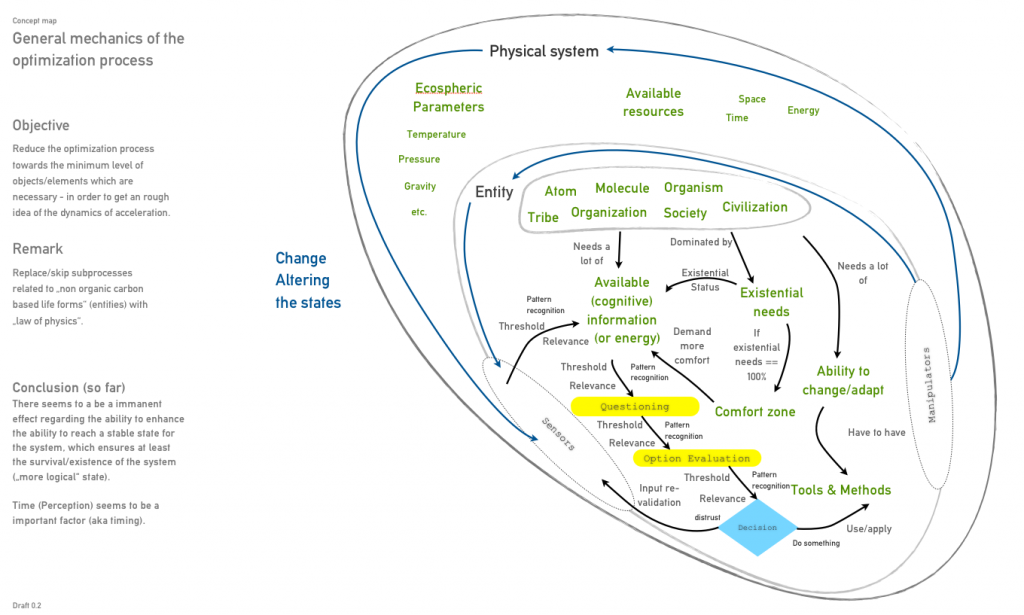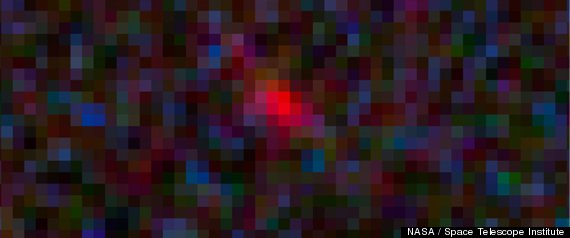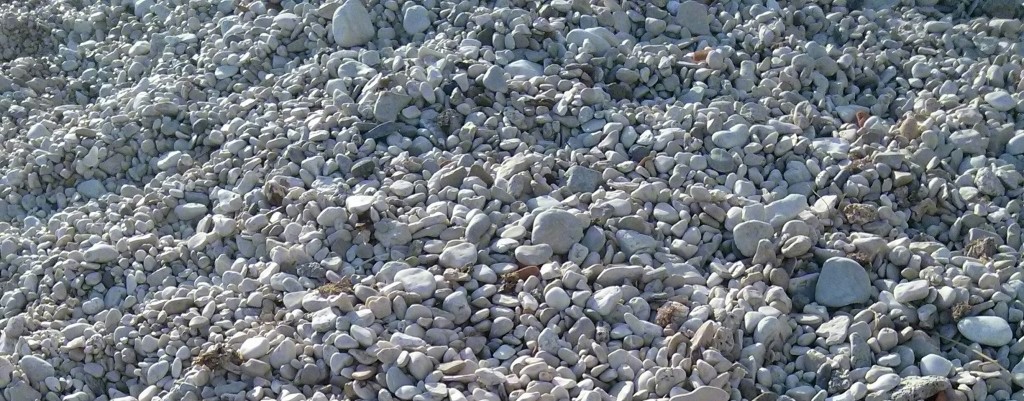Imagine that our planet would actually be a galaxy (in a galactocentric-sense: the milkyway). So every state on earth would be comparable to a solar system in this galaxy. You would have different kinds of civilizations with different characteristics.
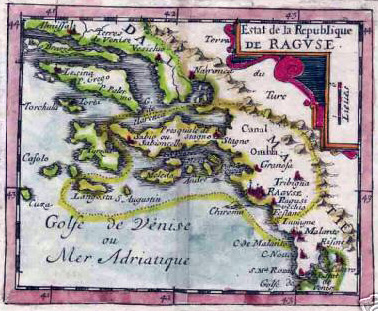
Some could be described as imperialistic, many would seem to be on the “victim” side, even though the circumference of the land mass would imply more possibilities (fairly developed, but no actual power = political, military, intellectual culture, science, etc.). Others would maybe follow a pacifistic path (no matter if this approach is induced by common insight/social development or a lack of military opportunities).
Now imagine that this galactic “family” is not playing its’ game of conquer, trade and cultural exchange in a far future, but about 600 to 700 years ago.
Furthermore we discover in our galactic-historian trip a quite small republic (about 50.000 people), whose total time of existence lasted almost 450 years. A further examination reveals some interesting facts about this city state:
– medical service was introduced in 1301.
– the first pharmacy (still working!) was opened in 1317
– a refuge for old people was opened in 1347
– the first quarantine hospital (Lazarette) was opened in 1377
– slave trading was abolished in 1418
– an orphanage was opened in 1432
– the water supply system (20 kilometers) was constructed in 1436
The government was organized by “the rector” for a long period of time (ca. 650 years). His ruling time lasted for one month – in this time he was allowed to live in the rectors palace. A reelection was possible after a waiting time of two years.
Two central governmental mottos were:
Non bene pro toto libertas venditur auro
Liberty is not sold for all the gold in the world
Obliti privatorum – publica curate
Forget private affairs, take care of public ones
We can observe albeit their progressivity a typical social structure:
– nobility (in the end 33 families)
– citizens (like craftsmen, educated folks, …)
– peasants (Well, …)
And of course, only the nobility was allowed to get into the rectors position. But still the noble families understood very fast, that cooperation and sharing were the most important principles in order to protect and develop their quite small republic.
Humanity alone would have been not enough to construct a republic that would have lasted that long (ca. 450 years is quite something, if you compare it to the 800 years of the roman empire).
The people of Ragusa (the old name for Dubrovnik) were clever enough to strengthen other important aspects:
– Ragusa had a widespread network of diplomatic contacts and representatives (peak: in 80 cities!). This enabled Ragusa to foresee the next best possible move in greater politics and necessary strategies. This diplomatic network was also useful to staying updated in terms of relevant developments in science or culture. The Ragusa republic was also among the first to accept the independence of the USA.
– They relinquished from building up an army. They concentrated their energy on the fortification of their city. In their entire history they were actually never conquered (in terms of: taken over the city walls) by any rivaling force. BTW: That is a strategy that I also love to play in the games of the Civilization Series: Instead of building up a huge army I focus on a good defense, while I develop my folks (science and as soon as possible a democratic system).
– The real “weapon” of the Ragusians was their merchant fleet. Even though they were a quite small city they had a remarkable amount of ships in their fleet: 180 to 200. They travelled up to England and Germany in the north and were active in the ports of Northern Africa. But besides these sailing skills, they were one of the best ship builders of their time – they were famous for their speed and reliable vessels. Venice, the main competitor in the Mediterranean Sea, actually envied them (how Venice solved this problem – by standardization or Lean Management – is another story).
There is a nice anecdote about the strongest enemy they ever encountered – the Ottoman Empire. The turkish army was simply too strong in force and in size. So the Ragusians made a deal:
You do not invade us, therefore we will pay you a yearly tribute. And furthermore you let us do business in the Ottoman territories – for a special tax of just 2%.
Unfortunately I do not have any sources that prove my assumption (I am not a historian): They made better profits then before – and the tribute was some kind of a “entry fee” for a greater market.
Beside their fortune in mercantile issues and the organization of their community (and providing very early public services) another aspect helped to sustain the republic: Ragusa had the luck to have ore sources close to the city. As every real estate agent would confirm it is of course all about location, location and location. Dubrovnik was perfectly situated in the middle of the Mediterranean trade routes. This instance was definitely an accelerating momentum.
At the end of this post I would like to take a closer look at what brought the end of the republic.
One dramatic event was the earthquake in 1667. Almost all the buildings in the city were destroyed except the REALLY thick city walls. Many members of the noble families died, so it was necessary to call “normal” citizens into the city council in order to keep the governmental system alive. After this incident the city never really fully recovered.
Another major event was the relocation of the important trade routes, away from the Mediterranean sea towards the Atlantic (the new world).
But the nail in the coffin were the confusing times of the restauration. Between 1800 and 1807, thanks to the Napoleon and some other players in these euro-strategic games, the nobility was disunited and in the end an era of 450 years came to an end. Even though the Austro-Hungarian empire granted a special status for Dubrovnik, the old republic never recovered and it ceased to exist.
What can we learn from Ragusa?
Small units/assets are easier to govern – prevent over complex systems and stay united
Do not waste your money for an army (attacking forces) – have a good defense
Be a smart merchant and know how to find good deals for both sides
Have the knowledge to build pretty good vessels – today: Self driving cars 😉
Have an constantly up-to-date information network, in order to be able to anticipate moves, to be prepared “when the shit hits the fan”. And participate in recent developments in science and culture
Create a communal spirit and preserve the utmost important value – freedom AND fairness within the society
